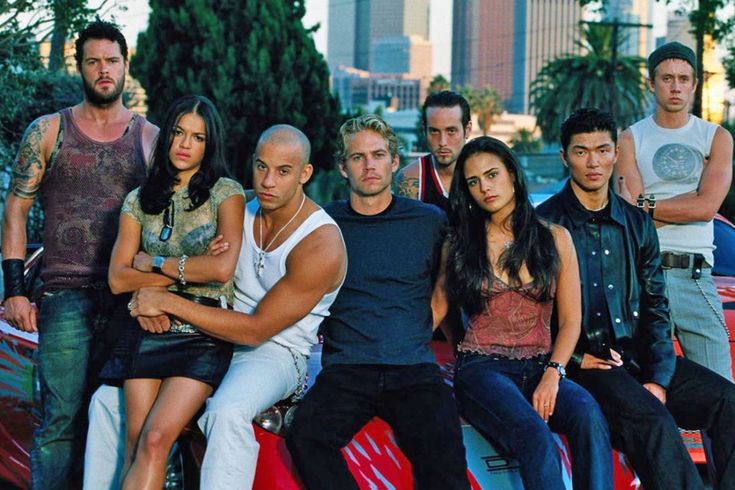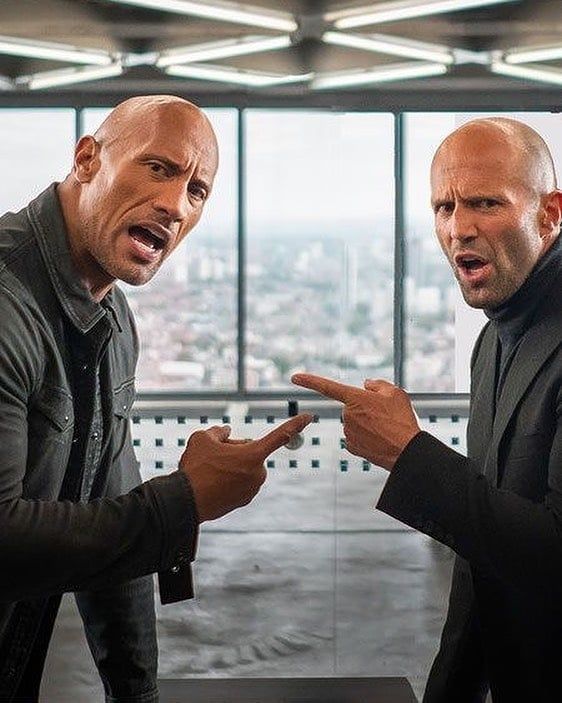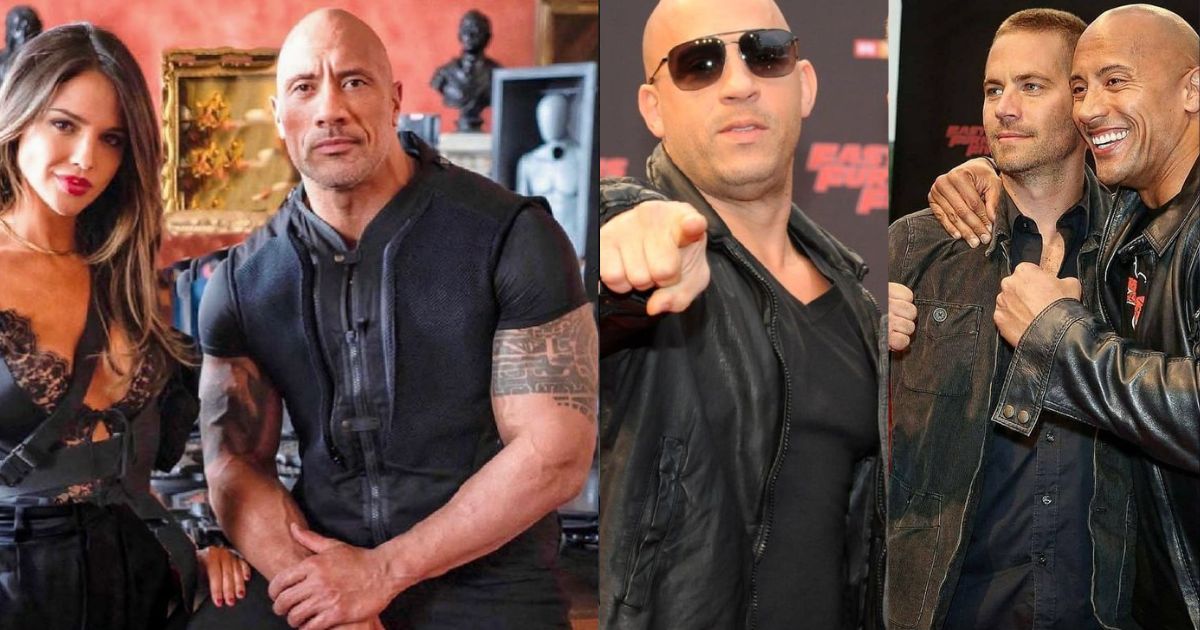Even though Fast & Furious has been around for more over 20 years, two of its most famous films are so dissimilar from one another that it demonstrates how rapidly the brand evolved. The quality of Fast & Furious movies has varied over time; some have been sly and thrilling action movies, while others have fallen rather short. The IP’s success can be attributed to the series’ more contemporary, blockbuster style. Although Vin Diesel hinted at street racing in Fast & Furious 11, the franchise abruptly abandoned its more realistic approach.
The trilogy is far more about action and high-stakes scenes than the original movie, which had a racing-oriented premise, even though some of Fast & Furious’ best vehicle feats have occurred in the later episodes. Although there were still aspects of crime in the first few excursions, vehicles evolved throughout the years from being the main plot point to more of a fun accessory to provide drama. Ironically, two of the best Fast & Furious films demonstrate the power of each concept, yet they were released less than five years apart, despite being complete opposites.

For various reasons, Tokyo Drift and Fast Five are the best Fast & Furious films.
The two films differ greatly in ways that make them stand out.
Although Fast Five is frequently regarded as the best Fast & Furious movie, Tokyo Drift is far more controversial but unquestionably the best pure racing movie in the series. Tokyo Drift is a very unique effort that represents what the saga used to be before Fast Five showed it was better off as a blockbuster series, even though it does not have the same endearing characters or personality as the other installments. Tokyo Drift portrays a motor enthusiast who, under Han’s guidance, finally competes in illegal racing after being transferred to live with his father in Tokyo to escape going to jail.
The film places a lot of focus on vehicles and the culture associated with street racing, despite its generally negative reviews. Large action sequences and even Yakuza links help it retain its dramatic elements, but overall it does a good job of presenting the franchise’s original essential components. Sadly, Tokyo Drift ended up being Fast & Furious’ lowest-grossing film, demonstrating the necessity for a change. Now for Fast Five. With its intense heist sequence, weapons, and hand-to-hand fighting, the high-octane blockbuster was packed of explosive moments that proved Fast & Furious was indeed taking a different turn.
Despite being very different from Tokyo Drift, Fast Five is unquestionably the best effort to emerge from the Fast & Furious world and deserves recognition for bringing the franchise back to life following its problems.
Fast Five’s enormous box office success cemented the more contemporary version of the tale, even though 2009’s Fast & Furious was the first to start altering the franchise following Tokyo Drift’s failure. Even though none of the other films have been as good as the fifth, it became evident what the recipe for the successful movie series was. Despite being very different from Tokyo Drift, Fast Five is unquestionably the best effort to emerge from the Fast & Furious world and deserves recognition for bringing the franchise back to life following its problems.

Before everything changed, Tokyo Drift was the final Fast & Furious movie about cars. Following Tokyo Drift, Fast & Furious became a more conventional blockbuster franchise.
Tokyo Drift was the final film in the series that was genuinely about cars, in addition to being a fantastic demonstration of racing-based action in Fast & Furious. Instead of death-defying warfare that just so happens to feature automobiles, a large portion of the conflict and resolution took place as part of a racing or drifting contest. Although the plot also included Han’s purported death before Fast & Furious retconned it in later sequels, all of the film’s significant events took place during racing, which eventually changed. Parts of Tokyo Drift concentrated on a rookie learning how to drift.
The franchise obviously needed to change things up after Tokyo Drift’s box office struggles, which is why Fast & Furious (2009) completely changed the plot. Far from the original subject of the plot, the film centers on Dom and Brian seeking revenge on a heroin smuggler who appears to have slain Letty. The fourth chapter doubled Tokyo Drift’s box office and validated Fast & Furious’ transition from street racing to blockbuster action, despite its poor quality. This meant that the franchise’s trip to Japan was the last time it truly focused on automobiles.
Fast & Furious could have used more, but Fast Five was amazing. “Tokyo Drifts”
The Point of No Return was also the franchise’s best film.
Although Fast Five is undoubtedly the best addition in the series, it would be fantastic if the franchise included more movies like Tokyo Drift. Every new film has mostly followed Fast Five’s lead by introducing strong antagonists and increasing the stakes, with each one appearing to be more potent than the last. Although the box office results indicate that people are more than satisfied with this formula, a more racing-themed film would be a welcome change that would give the story a more modern vibe.
Fast & Furious going back to its roots and offering some more car-based drama, even if it was in the guise of a spinoff, could help preserve the character of the previous episodes. Hobbs & Shaw, the first and only spinoff to date, was regrettably even more action-packed than the original movies. Since Fast & Furious 11 is the last core film in the series, there will probably be more spinoffs in the future. While there is no assurance that this will lead to street racing returning, there is still time for further ventures like Toyko Drift.
